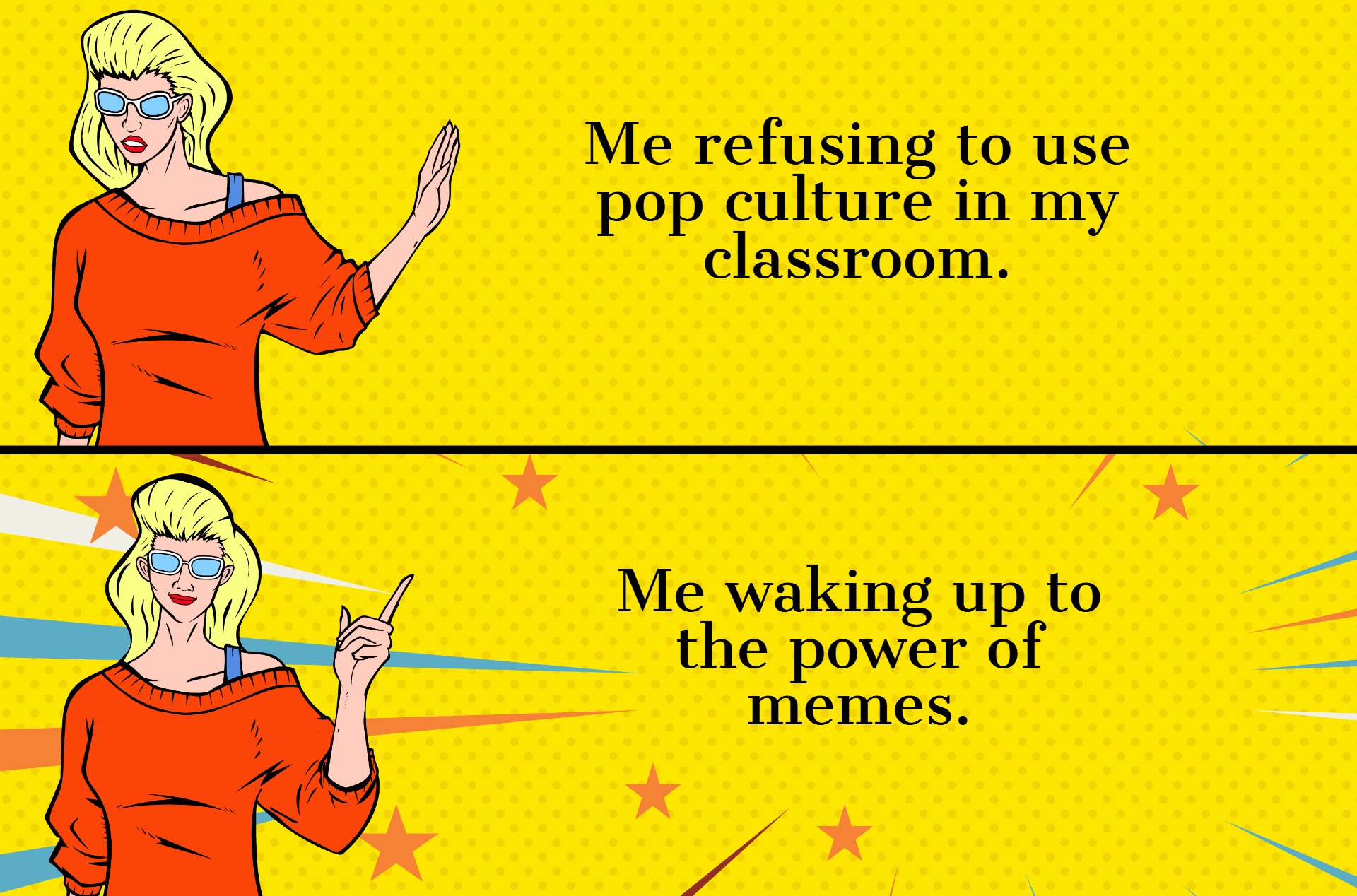Learning-centric programming: strategies to support meaningful engagement
Some practical strategies to design an experience with a clear purpose woven with meaningful engagement.

Are you bustling with ideas to support graduate students and postdoctoral scholars training but unsure of where to start? You may have previously attended some learning sessions that were dry and failed to capture your attention and want to avoid that for what you have brewing. Whether the programming is virtual, hybrid, or in-person, actively engaging participants encourages learning and growth.
Identify the purpose: What do you want participants to accomplish?
Dream big! What skills and competencies will your participants develop in taking part in this experience? If a participant tells their friends about it, what feelings do you want evoked in them or have as tangible takeaways? This is the time to craft learning objectives or outcomes to frame what they will spend their valuable time learning.
The backward design framework from the MIT Teaching and Learning Lab encourages you to design the experience using a learner-centric lens. For the participants, this might be their first time encountering the material, or they might have danced around the topics but are only now diving into them. It is up to you to distinguish between the “must haves” and the “nice to haves.” You need to articulate the narrative and determine what is essential — the anchors — and what content can be further explored in the future in another workshop or program. From the participants’ point of view, what is the value proposition of attending? What are the top three tangible takeaways you want your learners to leave with? Go back to your learning objectives or outcomes. Those are your participants’ value propositions, allowing them to evaluate the connection between the planned experience and alignment with their goals.
Participants as partners: is active learning present?
No matter the experience we craft, engagement with participants is key. The reason for supporting meaningful engagement is two-fold: first, transformative learning requires active learning opportunities, and second, participants are partners in education. Each session should have something practical for the participants; whether it’s a skill, tool, or resource, it needs to add value to their academic journey and career.
While participants may hesitate to engage and get their hands dirty, research on experiential learning highlights that the depth of learning can increase substantially through intentional, active engagement, connecting the experience through reflection, stimulating the participants’ thoughts and, hopefully, direct future actions. Give individuals time and space to reflect on this new material as they work out how it can be applied to their daily lives. There are many ways to incorporate active learning using virtual engagement tools (e.g., Slido, Mentimeter, Poll Everywhere) or back to the basics of handouts, Post-its, and flipcharts. These tools can be incorporated to begin think-pair-share exercises or crowdsourcing ideas to encourage reflection, experimentation and application.
The Scholarship of Teaching and Learning community, or SoTL, promotes the systematic and methodological inquiry of higher education, focusing on teaching and learning to improve student learning. Whether we operate in a curricular or co-curricular space, by using the SoTL principles, we can cross boundaries in solidifying the value of what we create.
With the central goal of improving student learning, the use of SoTL principles allows for emphasis on how participants learn and requires constant evaluation of the techniques and strategies used to facilitate learning throughout the experience. How are you assessing the experience? Is there alignment with the learning objectives? Get creative. Just like being asked to rate public washroom cleanliness by selecting the smiley, neutral or sad face emoticons on your way out; feedback can be collected easily, quickly and creatively. This supports quality assurance of your experiences and alignment with the learning objectives and provides opportunities for participants to support future improvements. The continuous engagement in an iterative process ensures we value our participants’ time and that their voices are valued, heard and recognized.
Putting it all together: design for impact
We all love a good story. Weaving a story or stories throughout the experience provides an engaging and potentially entertaining experience that participants do not forget. Storytelling allows you to connect with your participants and provide a variety of lenses through which they can view the material, strengthening the message and enriching their learning.
Go for it and have fun!
You are spending time creating and implementing this program, so have fun with it! Your excitement will be felt by the participants, so make it worth your time and theirs. When you find creative ways to facilitate learning, share those with your colleagues to inspire them to continue to find creative and engaging ways to support their learning participants. We can’t wait to hear how you designed a meaningful learning experience.
Featured Jobs
- Business – Lecturer or Assistant Professor, 2-year term (Strategic Management) McMaster University
- Canadian Politics - Assistant ProfessorUniversity of Toronto
- Canada Excellence Research Chair in Energy TransitionsUniversité du Québec à Trois-Rivières (UQTR)
- Education - Assistant Professor (Distance Education)University of Toronto
- Canada Excellence Research Chair in Forest Biodiversity Conservation (Full Professor)University of New Brunswick













Post a comment
University Affairs moderates all comments according to the following guidelines. If approved, comments generally appear within one business day. We may republish particularly insightful remarks in our print edition or elsewhere.